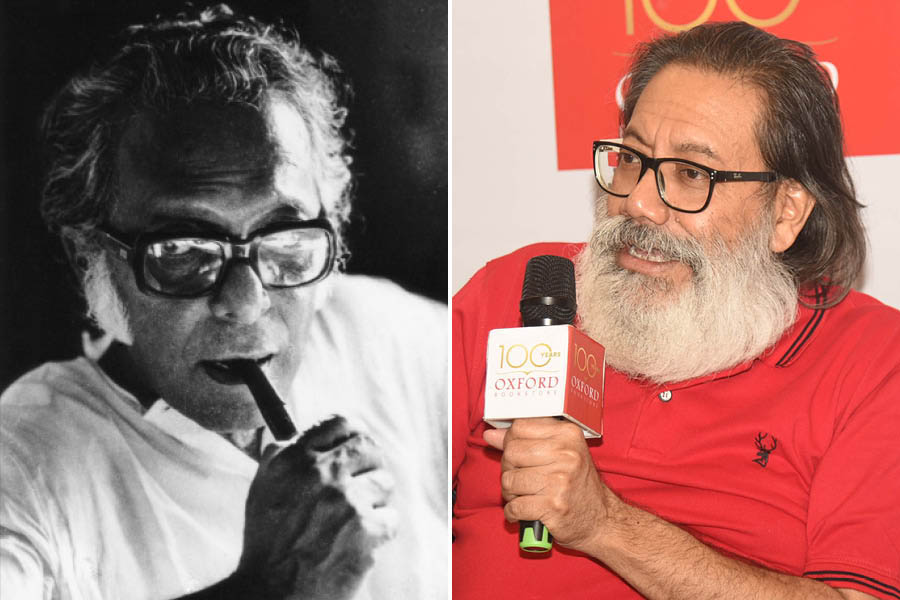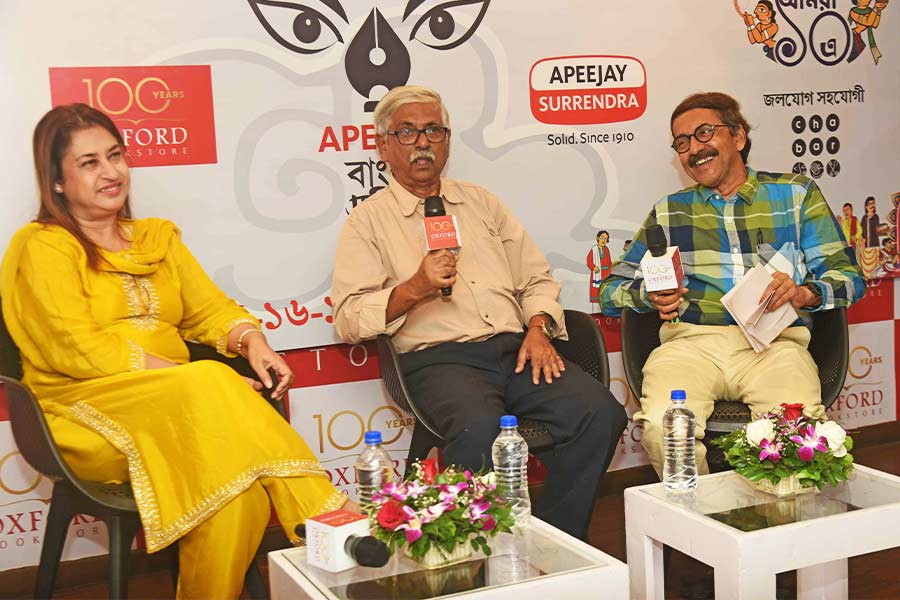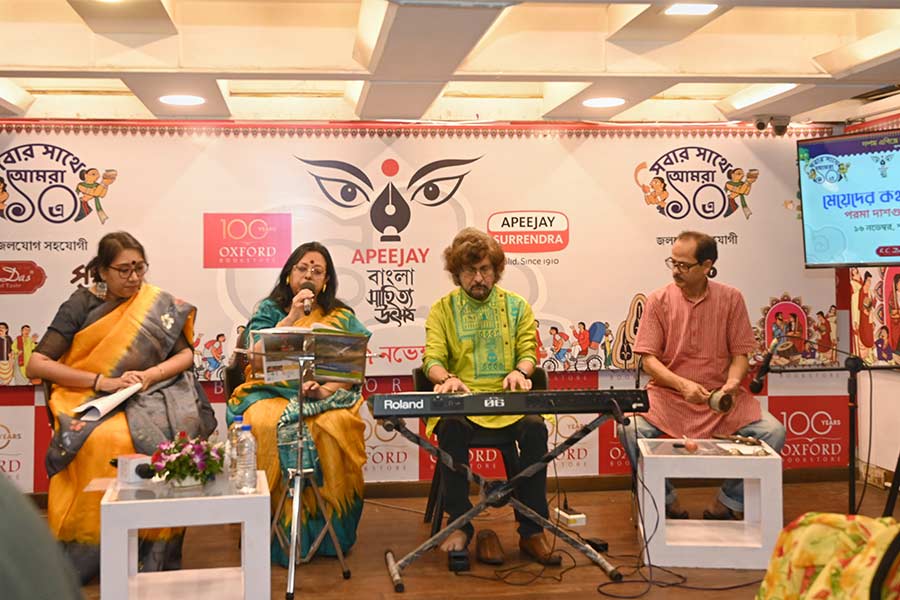Calcutta 71 — the name doesn’t just bring to mind a postal code or a turbulent decade for Kolkata, it also reminds us of Mrinal Sen’s cinematic brilliance. Released in 1972, the film closely captured the socio-economic and political landscape of Kolkata and Bengal during the turbulent 1970s. Focusing on the Naxalite movement, the economic and employment challenges of the time, the disrupted social fabric, and the food crisis, the film served as a powerful social commentary. Today, it still stands as one of the key reference points for understanding Kolkata of the 1970s.

Shiladitya Sen at the ABSU lit fest Suvendu Das
For the uninitiated, Mrinal Sen (May 14, 1923 - December 20, 2018) received National Film Awards for the film. To celebrate the legendary filmmaker, the Apeejay Bangla Sahitya Utsob (ABSU) organised a marquee session at the Oxford Bookstore in Kolkata, where Shiladitya Sen, a film critic, film analyst and author of Mrinal Sen er Film Jatra, delved deep into the cinematic universe of Mrinal Sen.
Cinema as a medium of mass communication
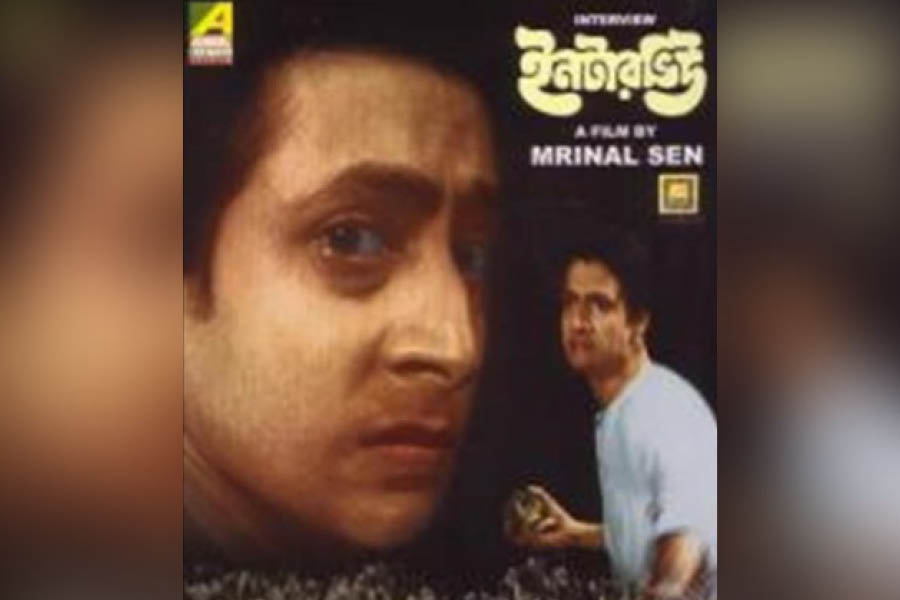
A poster of ‘Interview’ IMDb
Interview is considered one of Mrinal Sen’s most thought-provoking films. Ranjit Mallick, who made his debut with the film, also played the lead role. The film raised critical questions about the employment sector and the survival of the middle class. It also reflected on the colonial hangover and the battle of perception — a battle based solely on appearance. In the film, Ranjit, a job aspirant, loses the opportunity for employment because he is dressed in a dhoti rather than a suit. “The film showcased how despite depicting the 1970s, we were carrying forward a hangover,” said Shiladitya.
One unnerving scene in the film shows Ranjit removing clothes from a mannequin out of sheer frustration. In another scene, Ranjit’s restlessness, the use of a black background, and the questions Mrinal Sen throws at him highlight the uncertainty of the future. The series of chaotic events in Interview offered a deep insight into the society of that time. Mrinal Sen employed design inference as a technique while crafting these scenes, drawing inspiration from Rabindranath Tagore’s character of the grandfather in Dakghar. From Amal’s yearning for a letter from the king to Ranjit’s struggle to find his place in the state, Shiladitya recalled Mrinal Sen’s method of scene conception in the film.
Mrinal’s Calcutta
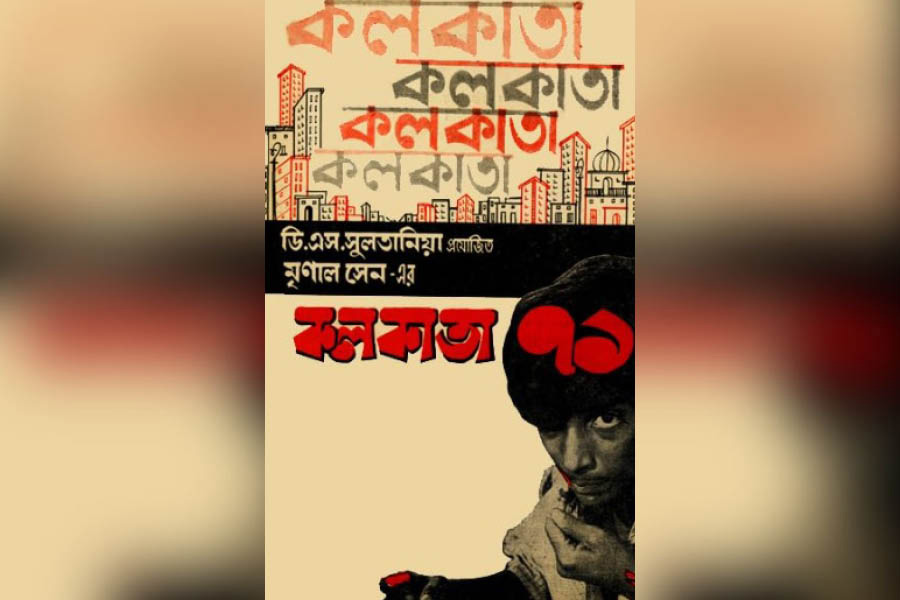
A poster of ‘Calcutta 71’ IMDb
Kolkata held a special place in Mrinal Sen’s heart, and he made several films documenting the city, focusing on its harsh realities. Calcutta 71 is part of a trilogy, with Interview (1971) and Padatik (1973) as its predecessor and successor. Shiladitya, who is also a book editor, first met the director in 1991. “Mrinal babu allowed me so much, perhaps because he thought I was able to grasp his thought process behind making cinema, and that a bridge was building between our thoughts,” reflected Shiladitya, as he analysed his journey with Mrinal Sen. The two creative forces, who also share the same surname, worked together on Mrinal Sen’s autobiography, Tritiya Bhuban.
“Mrinal babu thought about Kolkata in a different way. The films made by him give a glimpse into his life in Kolkata,” said Shiladitya, as he spoke about the director who came to Kolkata from Faridpur in the pre-Independence era. Mrinal Sen was a college student when he came to the city, and witnessed the political turmoil as well as the country’s struggle for freedom. The director’s transition in landscape was not just a geographical change, but also a shift in geopolitics, which had an impact on his sense of identity and defined his sense of solitude.
“A city (Kolkata) with its dichotomies opened two avenues for Mrinal Sen — one was unravelling a larger and nicer arena that was different from Faridpur, and the second was creating a sense of isolation and a sense of fear about the strangers,” shared Shiladitya.
The director with a ‘different’ voice

Shiladitya Sen explaining the many facets of Mrinal Sen’s films Suvendu Das
Was he just a radical filmmaker who gave an insight into the times through his craft? Was he simply one of the foremost directors of parallel or art-house cinema during his era? Perhaps it’s impossible to put Mrinal Sen into a single bracket. His career graph cannot be confined to a linear equation.
That the films themselves were a discourse is a well-established fact. They raised questions that provoked critical reasoning. In films like Punascha (1961) and Akash Kusum (1965), Mrinal questioned gender equality and addressed gender politics, focusing on the financial independence of women. His work ignited dialogue and contributed to an evolving discourse.
Narrative and meta narrative
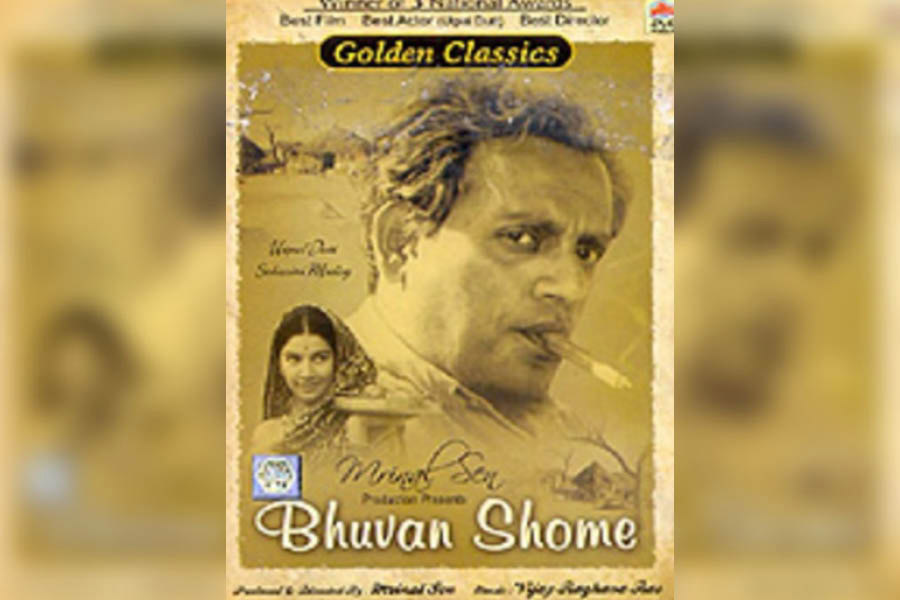
A poster of ‘Bhuvan Shome’ IMDb
It was also noted how the director did not confine himself to a uniform genre in storytelling. Films like Neel Akasher Neechey (1959) — his second film after his debut, Raat Bhore (1956) — along with Bhuvan Shome (1969), Mrigayaa (1976), and Kharij (1982) serve as examples of his diverse narrative techniques.
Rootlessness, a recurring trait in the characters of Mrinal Sen’s films, mirrored the city and the era they inhabited. It perhaps also reflected the director’s own sense of displacement and his evolving idea of home, which he channelled into the characters he created. There was a palpable conflict, as well as an enduring love, between Mrinal and Kolkata. The dichotomy and coexistence of Sonar Bangla and protest marches left no room for Coleridge’s “willing suspension of disbelief”. Instead, it provided a stark picture of reality.
“In Bhuvan Shome in 1969, the way Mrinal Sen presented a character from Kolkata, had there been a characterisation like that before?” asked Shiladitya. He also cited how the director opted for a non-chronological sequence of events and varied shooting techniques while depicting the titular character (Bhuvan Shome) in the film. “Do you know why I chose this form in Bhuvan Shome?” Mrinal Sen once shared with Shiladitya. He explained that the turbulent 1960s had stirred such upheaval within him that he felt compelled to adopt this distinct style. “I thought we should react and accept the time,” Shiladitya recalled as Sen’s answer.
A masterclass in filmmaking
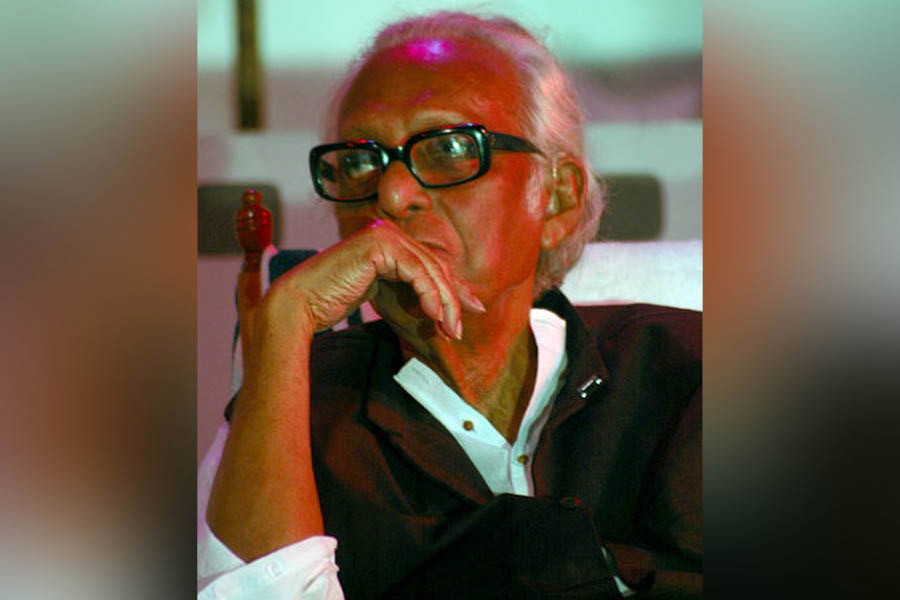
Mrinal Sen — the movie maverick Wikimedia Commons
Ranjit Mullick’s quest to find a suit in Interview was juxtaposed with disruptive events such as a bandh and a pickpocketing incident. Mrinal Sen employed the “direct cinema” or “cinéma vérité” technique in the film. “This technique helps to capture a time-constricted realism,” explained Shiladitya. “He (Mrinal) stressed on how the realism and reality that he was portraying was not fictional,” further added the film critic.
In Calcutta 71, Debraj Roy facing the facets of exploitation, a family losing home because of torrential downpour — a natural calamity, brought to life the struggle for existence with relatable instances. The cohabitation of surface calmness and underlying tension in films like Ekdin Pratidin (1979) and Kharij are evidence of how Mrinal Sen deftly alternated between linear narratives and unconventional approaches.
“He often thought — ‘my safe position would take myself away from my quest as an artist’,” reminisced Shiladitya, as he rounded off the masterclass on Mrinal Sen for an enthralled audience.
